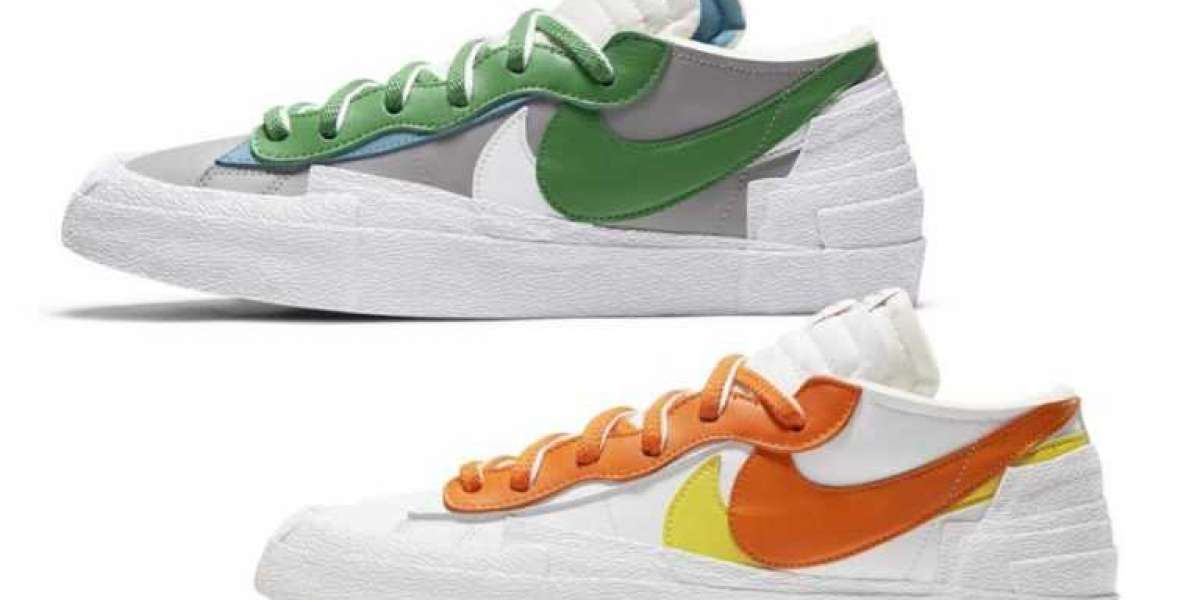Understanding the Fast Fashion Model
The fast fashion model is characterized by its emphasis on speed and efficiency. Unlike traditional fashion cycles that operate on a seasonal basis, fast fashion brands produce new collections continuously. Visit now Essentials hoodie This approach ensures that they can capitalize on emerging trends almost as soon as they appear on runways or social media.
Key Components of Fast Fashion
Rapid Design and Production: Fast fashion companies employ design teams that work tirelessly to create new styles inspired by current trends. These designs are quickly turned into finished products using advanced manufacturing techniques and flexible supply chains.
Efficient Supply Chain Management: A well-managed supply chain is crucial for the success of fast fashion. Brands often establish close relationships with suppliers and manufacturers to streamline production and reduce lead times.
Consumer Demand and Trend Analysis: Fast fashion brands use sophisticated data analytics to monitor consumer preferences and predict upcoming trends. This data-driven approach allows them to produce items that are in high demand.
The Role of Technology in Fast Fashion
Technological advancements have played a pivotal role in the rise of fast fashion. From automated production processes to real-time data analytics, technology enables brands to stay ahead of the curve.
Digital Design and Prototyping
Modern design software allows fashion designers to create and modify patterns quickly. Digital prototyping tools enable the creation of virtual samples, reducing the time and cost associated with physical prototypes.
AI and Machine Learning
Artificial intelligence (AI) and machine learning algorithms analyze vast amounts of data from social media, fashion shows, and sales patterns. This analysis helps brands predict trends and consumer preferences with remarkable accuracy.
E-commerce and Online Marketing
The rise of e-commerce platforms has provided fast fashion brands with a direct channel to consumers. Online marketing strategies, including social media advertising and influencer partnerships, amplify the reach and impact of new collections.
The Economic Impact of Fast Fashion
The fast fashion industry has significant economic implications. It provides employment opportunities across the supply chain, from design and manufacturing to retail and logistics. Check it now https://ericemanuels.shop/ee-shorts/ Additionally, the affordability of fast fashion makes trendy clothing accessible to a broader audience.
Job Creation and Economic Growth
Fast fashion brands contribute to job creation in various sectors. Factories, distribution centers, and retail stores employ millions of workers globally. In countries with large manufacturing sectors, fast fashion can drive economic growth and development.
Affordability and Consumer Access
One of the key selling points of fast fashion is its affordability. By producing clothing at lower costs and selling it at competitive prices, fast fashion brands make the latest styles accessible to consumers who might not afford high-end designer labels.
Sustainability Challenges in Fast Fashion
Despite its economic benefits, fast fashion faces significant sustainability challenges. The industry's focus on rapid production and consumption leads to environmental and social concerns.
Environmental Impact
The fast fashion model contributes to high levels of waste and pollution. The use of synthetic fibers, excessive water consumption, and the disposal of unsold inventory are major environmental issues. Efforts to mitigate these impacts include sustainable sourcing, recycling initiatives, and the adoption of eco-friendly materials.
Labor Conditions
The demand for low-cost production often results in poor working conditions and low wages for factory workers. Addressing these issues requires a commitment to ethical labor practices and transparency throughout the supply chain.
The Future of Fast Fashion
The future of fast fashion will likely be shaped by advancements in technology, evolving consumer preferences, and increased emphasis on sustainability.
Innovation and Adaptation
Fast fashion brands must continue to innovate and adapt to changing market dynamics. This includes investing in sustainable technologies, adopting circular fashion models, and enhancing their digital presence.
Sustainability Initiatives
Many fast fashion companies are beginning to prioritize sustainability. Initiatives such as using recycled materials, reducing carbon footprints, and promoting ethical labor practices are becoming more common. Consumers are increasingly demanding transparency and accountability, pushing brands to adopt more sustainable practices.
Consumer Trends
As consumers become more aware of the environmental and social impacts of their purchases, they are likely to favor brands that demonstrate a genuine commitment to sustainability. This shift in consumer behavior may drive significant changes in the fast fashion industry.
Conclusion
The fast fashion model's ability to quickly respond to the latest trends has cemented its place in the modern fashion landscape. By leveraging technology, efficient supply chains, and keen market insights, fast fashion brands continue to thrive. However, addressing the sustainability challenges associated with this model is crucial for its long-term viability. As the industry evolves, a balance between speed, affordability, and ethical practices will be key to the future success of fast fashion.








